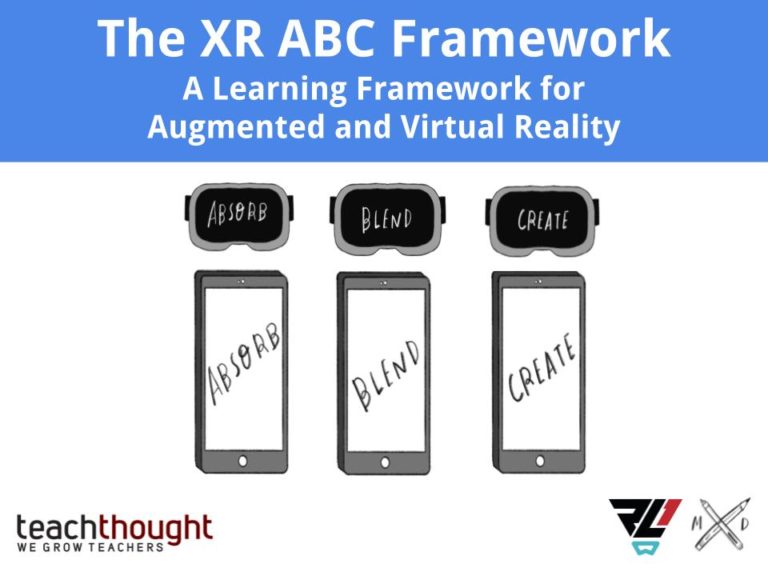Key performance indicators (KPI) are an important part of how an organization ensures that they are hitting their training and engagement goals. This measurement of information is critical for strategic and operational improvement by providing you with an incredibly robust picture of where you are succeeding in your training and engagement, as well as where you might be failing.
Obviously KPI’s are incredibly important to measure how successful your training is, and any way we can amplify those metrics would be a huge advantage for any organization as they move forward towards their training goals.
VR has proven itself to be an incredible training resource for organizations such as Walmart, VISA, and Nationwide, that can improve employee training and get better engagement results, but VR can also have a financial impact on an organization by cutting costs in the time to train employees.
Some VR companies have found:
· 80% of users feel more prepared to do their jobs after using VR.
· 82% of users think VR is better than any other training they’ve done.
· 99% of trainees recommend VR training at one large global auto manufacturer.
· Retention rates of VR can be as high as 75% from the Masie Center Immersive Realities for Learning and Performance report.
By leveraging virtual reality to measure KPI’s, we are able to take those metrics and turn it into a visual, physical, and emotional experience that can blow KPI’s out of the water and provide you with something much deeper than you’d expect from traditional KPI’s.
After all, the more information you can receive from your KPI could mean huge advantages in improving everything from reducing your Time-to-Fill metrics, to leadership training and overall improvement with employee engagement.
To give you an example, let’s look at how VR can take the Kirkpatrick Four-Level Training Evaluation Model and boost its data for a more robust picture of your training endeavors.
Reaction: When you train employees using VR, they are able to explore the training from multiple perspectives allowing for the exploration of multiple reactions. Employees find themselves immersed into a training environment where they are reacting through visual and audio cues, and are participating both physically and emotionally. VR training allows you to put employees into a potentially dangerous or stressful situation without actually putting them in danger, and the employee will react to the training as if they were actually in that scenario. You are getting a true real-world reaction that includes physical and emotional feedback from the training that normally isn’t possible through traditional classroom training. This gives you a more rich and precise measurement that can be used to shape future trainings.
Learning: Looking at other VR case studies, individuals who learn through VR saw a 40% decrease in time spent training, while retaining more information. Whether the training is something such as preparing employees for Black Friday, training sales reps to be better at their jobs, or a helping professional hockey players stay mentally sharp while recovering from an injury. Learning new tasks through VR can create actual muscle memory both mentally and physically, which will enhance the KPI. KPI’s are no longer limited to measuring retained information from lectures or textbooks, but through VR, you are now able to measure both information acquired in a classroom environment, as well as measuring physical and emotional knowledge from your training.
Behavior: Evaluating employee behavior based on training they received gets a big boost from VR. Employees are able to use VR to not only see things from their own perspective – but through VR – they are able to observe their own behavior from multiple perspectives or as a different person, sex, or nationality. It allows the employee to really get a big picture of how they are reacting and behaving during a certain situation. Learners are also able to explore options and even behave in a manner that they normally wouldn’t with zero constraints or consequences. Using VR to explore KPI’s, you are able to explore behavior issues such as sexual discrimination or racism within your work environment, and come up with a better training strategy.
Results: Adding VR gives you results that is data-rich and presents an incredibly detailed picture of how your employees are reacting to your training. It goes beyond what power point or textbooks can offer and gives an overhead view of key performance indicators that is super boosted with information that can help you move forward towards successful training, or it may highlight an area that you might need to make changes in your approach. Surveys alone only give you only part of your key performance indicators, but KPI’s along with a layer of VR can provide you with an incredibly deep view of training effectiveness. The results are remarkably detailed, rich in data, and will give your training goals a massive boost that you couldn’t access through traditional KPI’s. The data can reshape the future of your training goals and offer data-rich improvements in how you train employees.
For example, one company turned to VR to train new employees on how to spray chemical coatings through a VR painting software using an all-in-one system called SimSpray that utilizes Oculus hardware paired with a custom sensor and custom “Spray Gun” controller. This training allowed students to learn-by-doing in a virtual space with no emissions or need for protective equipment. The training could be reviewed via video playback, and skills could be perfected by trying over and over again. The VR experience provided important KPI metrics to allow the company to see how well new hires were learning their new jobs as well as explore where they needed additional training. It also allowed the organization to see how current employees were learning new processes and procedures.
The results changed the how the organization looked at their KPI’s and are now exploring how VR can re-shape all of their training initiatives.
This is one of many cases of VR can intensify an organization’s KPI. The potential is there, and the data you get in return is huge.
Bobby Carlton, Director of Immersive Learning, Ready Learner One @bcarlton727 bobby@readylearner.one



